Crouching tiger, hidden treasure
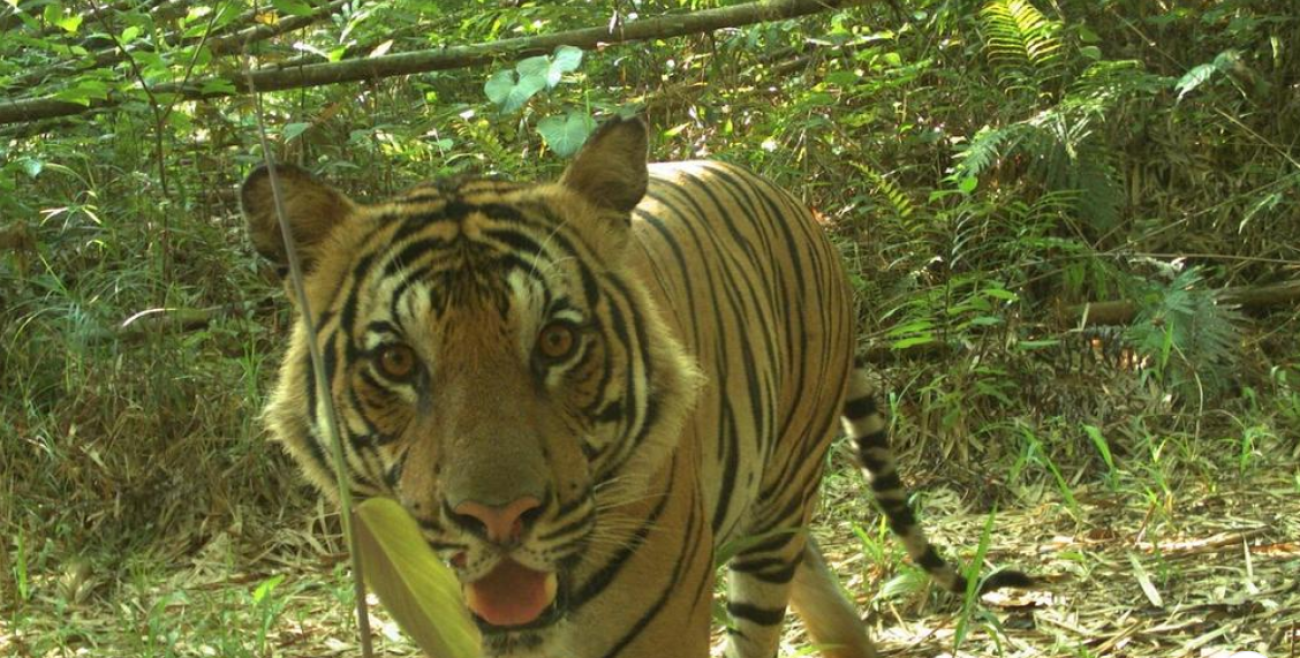
Enhancing the wildlife crime intelligence system and integrating wildlife enforcement operations to protect tigers in Malaysia
By UNDP Ecosystems & Biodiversity. Read the original article here
A century ago, there were approximately 100,000 wild tigers in their various natural habitats worldwide; that number has decreased to around 3,500 today, with three out of nine subspecies of wild tigers declared extinct within the last 70 years.
At present, tigers are under severe pressure from a variety of interlinked threats: poaching and the illegal wildlife trade, loss of prey species, disease, roadkill, and habitat destruction, to name just a few. The challenge is exacerbated by the interrelationships between threats and their overlapping timeframes. In the short term, the illegal wildlife trade has the greatest potential to crater the tiger population, whereas the long-term survival of the tiger will depend on cohering fragmented tiger habitats (or rehabilitating adjacent degraded ones) into a functioning whole.
Optimally, these tactics are symbiotic - interdicting the illegal wildlife trade maximizes the potential for tiger survival in the near-term, while preserving habitat increases opportunities for accessing prey and improves the probability of mating and giving birth to future generations. Crucially, both aspects of the strategy require a great deal of public- community partnership, and local community involvement and buy-in to achieve success.
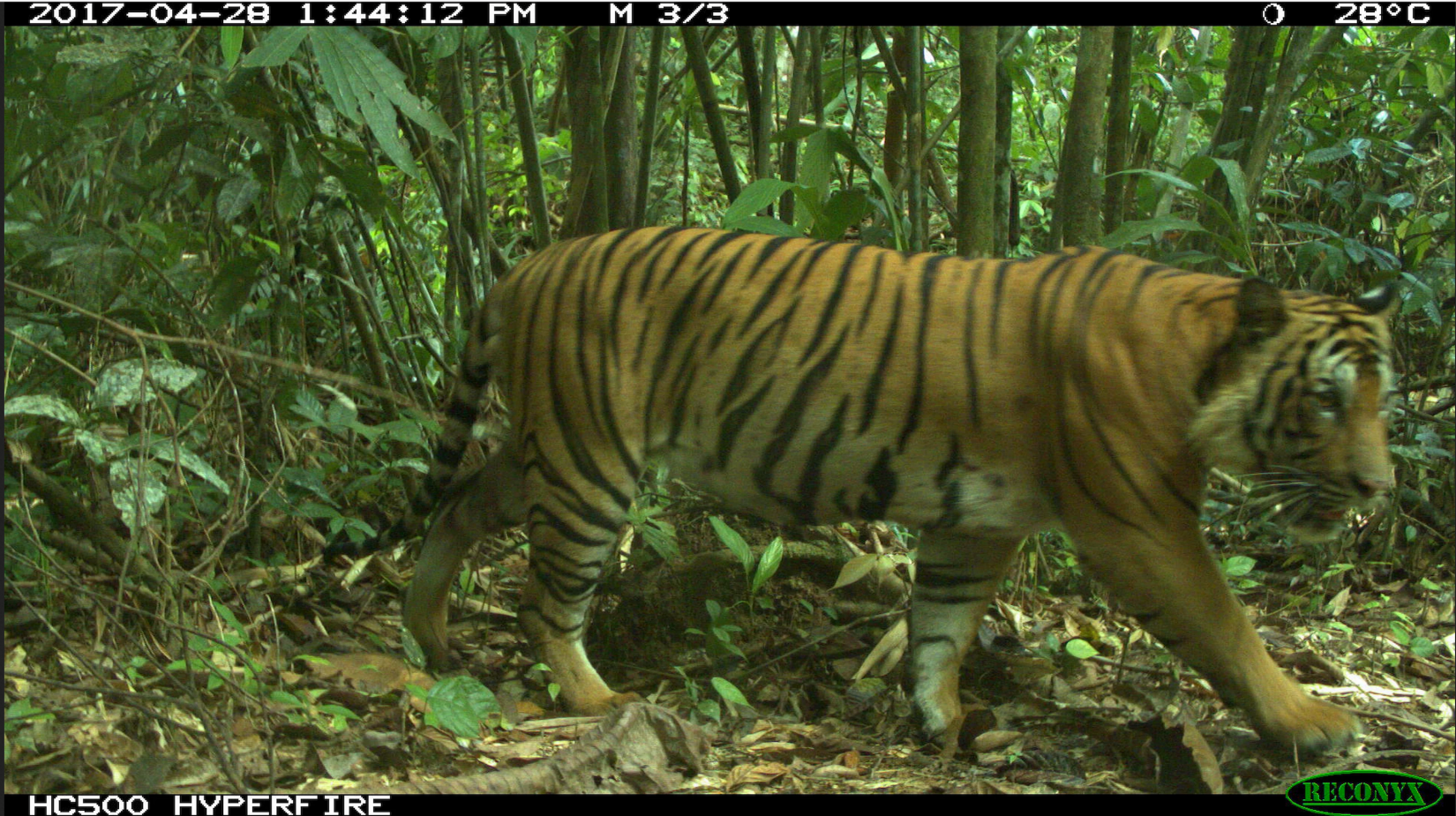
Stronger together
The Central Forest Spine (CFS) of Peninsular Malaysia is widely recognized for its extraordinarily rich biodiversity and ecosystems, including some of the last remaining wild populations of the endangered Malayan tiger.
The Improving Connectivity in the Central Forest Spine Landscape (IC-CFS) project is a collaborative effort between the Malaysian Government and international bodies to conserve biodiversity and ecosystem services. With funding from Global Environment Facility (GEF) and support from United Nations Development Programme (UNDP), the project is working to restore contiguous forest landscapes in Central Forest Spine. An integral part of the project is targeted support to wildlife enforcement systems. Specifically, the project is improving the wildlife crime intelligence system through the integration of wildlife enforcement operations to protect tigers and reduce wildlife crime in Malaysia.

Working across three landscapes in Perak, Pahang, and Johor, the broader ecosystem is linked by connecting fragmented forest areas through the establishment of ecological corridors. This initiative is crucial for the preservation of the unique Malayan tiger (Panthera tigris jacksoni), a critically endangered species at dire risk of extinction.

Extraordinary measures
According to the First National Tiger Survey, conducted from 2016 to 2020 by the Department of Wildlife and National Parks of Peninsular Malaysia, in collaboration with local NGOs, the Malayan tiger population today is less than 200.
Without extraordinary actions, Malaysia is expected to lose this species within the next five to ten years.
In Peninsular Malaysia, illegal poaching and wildlife trafficking are among the main factors in the decline of local tiger populations. High demand for local wildlife on the black market - including the Malayan Tiger - involves local and international hunters in wildlife trafficking activities. The Malayan tiger is valued for its individual parts (including claws, fangs, heads, bones, flesh, organs, and skin), which are sold as fashion accessories, exotic delicacies, and traditional medicine.
But with project help, local communities and authorities are fighting back: between January 2019 and June 2021, more than 1,000 tiger traps were destroyed by DWNP and partners from the Forestry Department, Royal Malaysian Police, military veterans, State Park Corporations, Orang Asli communities, and NGOs.
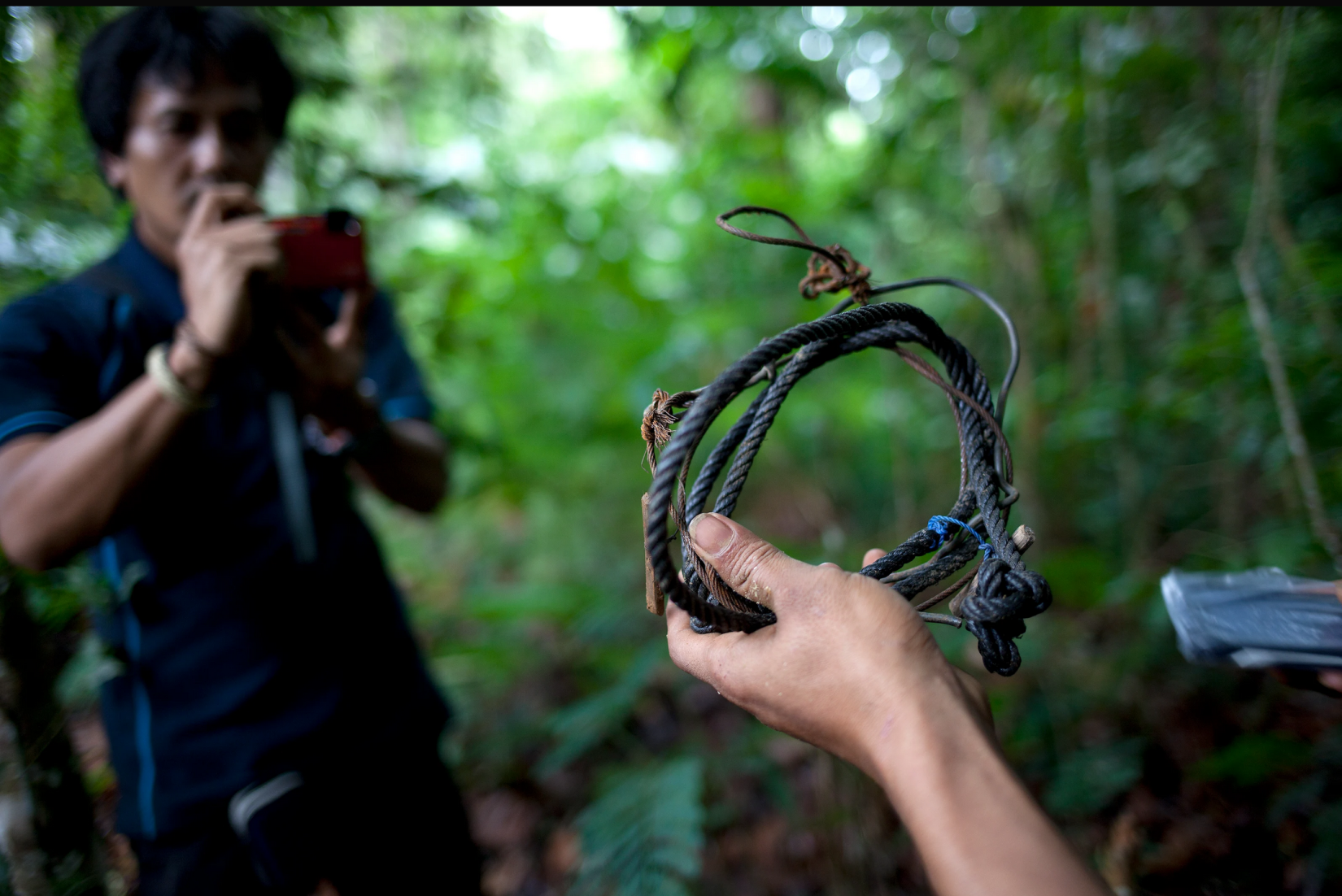
Complementarily, through the IC-CFS project, FDPM and DWNP - in collaboration with the Malaysia Conservation Alliance for Tigers (MYCAT) - have sought to protect the habitat of the Malayan tiger by conducting regular patrols and monitoring encroached areas and illegal hunting hotspots, especially in the Sungai Yu area of Merapoh, Pahang.
The Sungai Yu area is one of the most important ecological corridors that connects the forest at Banjaran Titiwangsa with the forest landscape of Taman Negara National Park, which also happens to be the main habitat of the Malayan tiger.
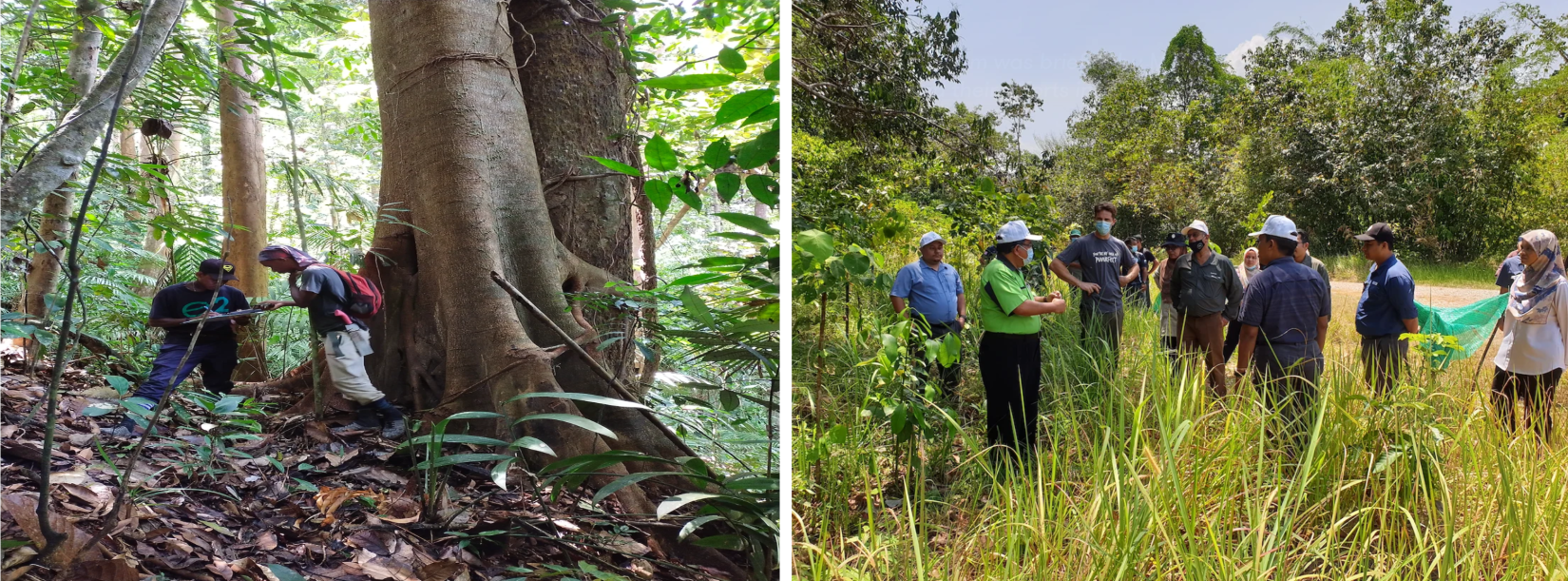
More than 160 snares have been destroyed around the Sungai Yu ecological corridor since the first CAT Walk programe in 2010.
The World Wide Fund for Nature (WWF) has also collaborated with DWNP to conduct patrols and monitoring in the Belum and Temengor Forest Reserves, which brought about a 90% decline in hunting activities.
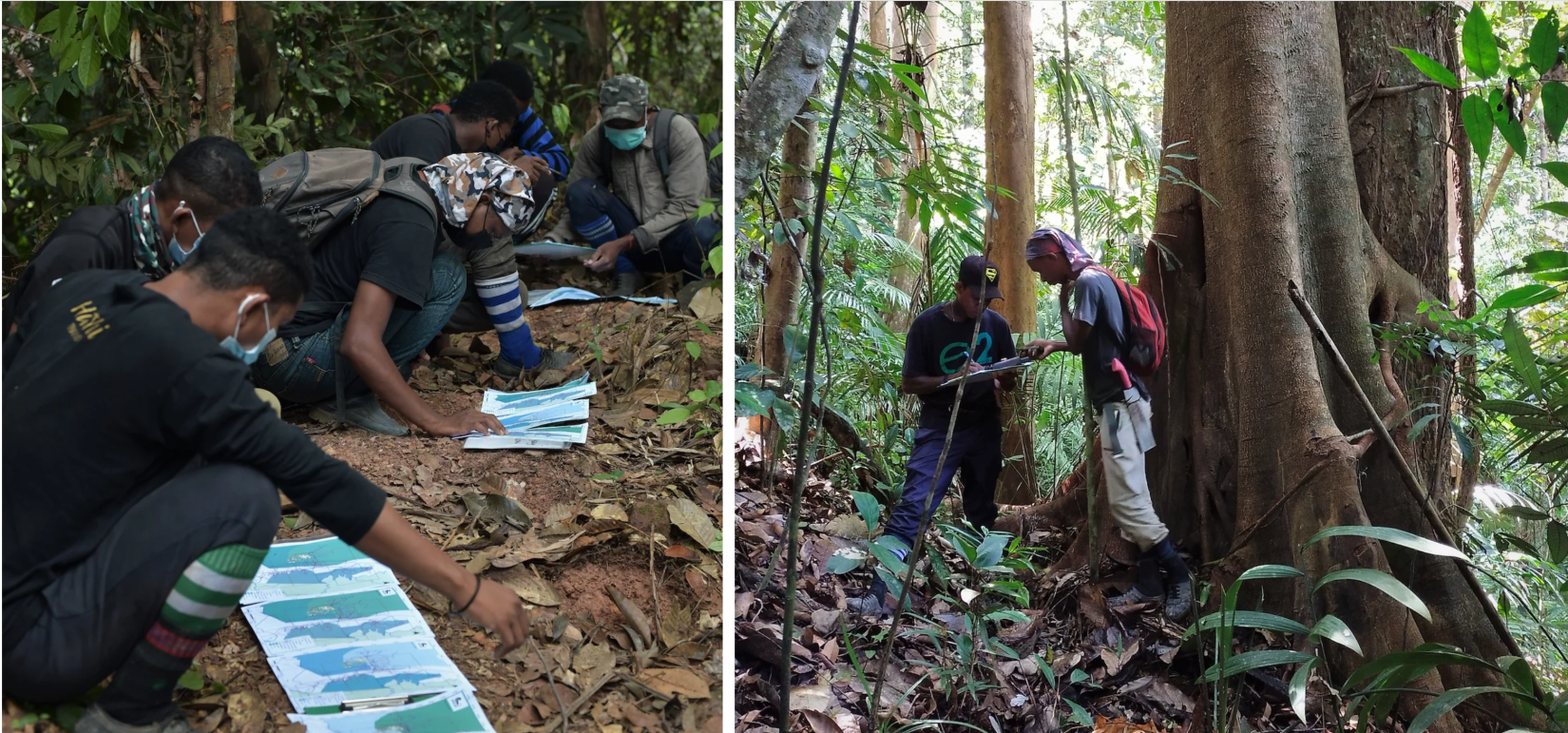
Coordinated Action
Mirroring the effort to create a contiguous forest, partnerships to fight wildlife crime need to be equally strategic and coordinated.
The IC-CFS initiative is led by a network of implementing agencies from the Ministry of Energy and Natural Resources (KETSA), Forestry Department of Peninsular Malaysia (FDPM), Department of Wildlife and National Parks (DWNP), Forest Research Institute Malaysia (FRIM) and State Forestry Departments. Together, the coalition has collaborated with non-governmental organizations, businesses and communities to foment change across the local environmental landscape.
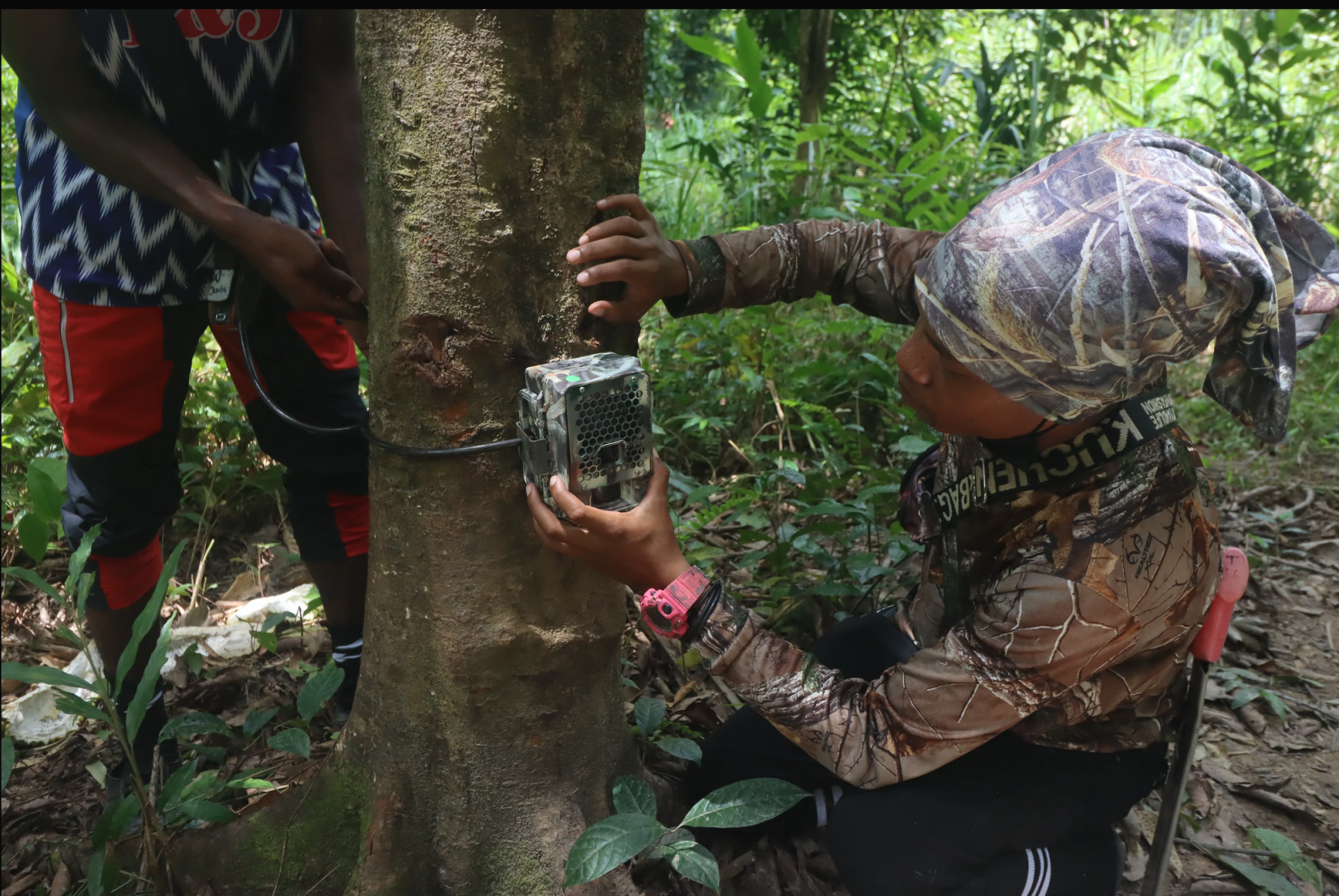
The Forest Research Institute Malaysia (FRIM) and State Forestry Departments are spearheading aspects of the project that hinge on the implementation of sustainable land use in forest landscapes.
In particular, these rely on forms of forest management that support and preserve the area’s biodiversity and ecosystem services. This takes on special urgency against a backdrop of habitat fragmentation.
Intuitively, a conservation regime comprised of 50 siloed 1ha reserves has less utility than a single 50ha protected area. But we live in a world where siloed habitat is already the norm across most of the Malayan tiger’s natural range - globally, wild tigers have lost almost 93% of their natural habitat.
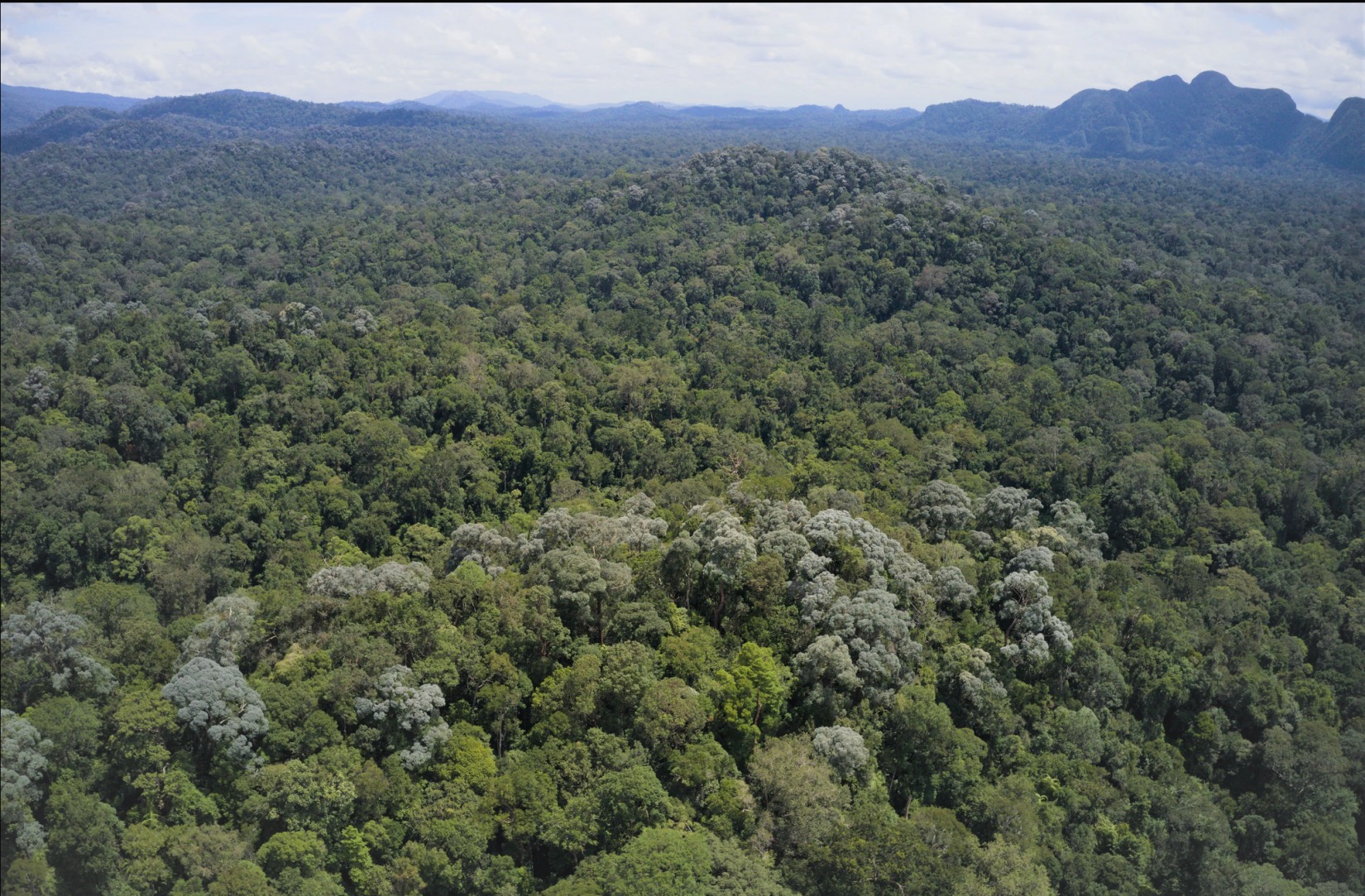
The Department of Wildlife and National Parks (DWNP) is a key co-leader in wildlife conservation. DWNP supports the IC-CFS project through their protection, management, and enforcement efforts related to wildlife.

Partnering for wildlife
In the wake of the COVID pandemic, and with reports from around the world of increased poaching by communities that have lost their jobs and livelihoods, local communities and rangers on the ground have an opportunity to reiterate the importance of wildlife and ecosystem protection.
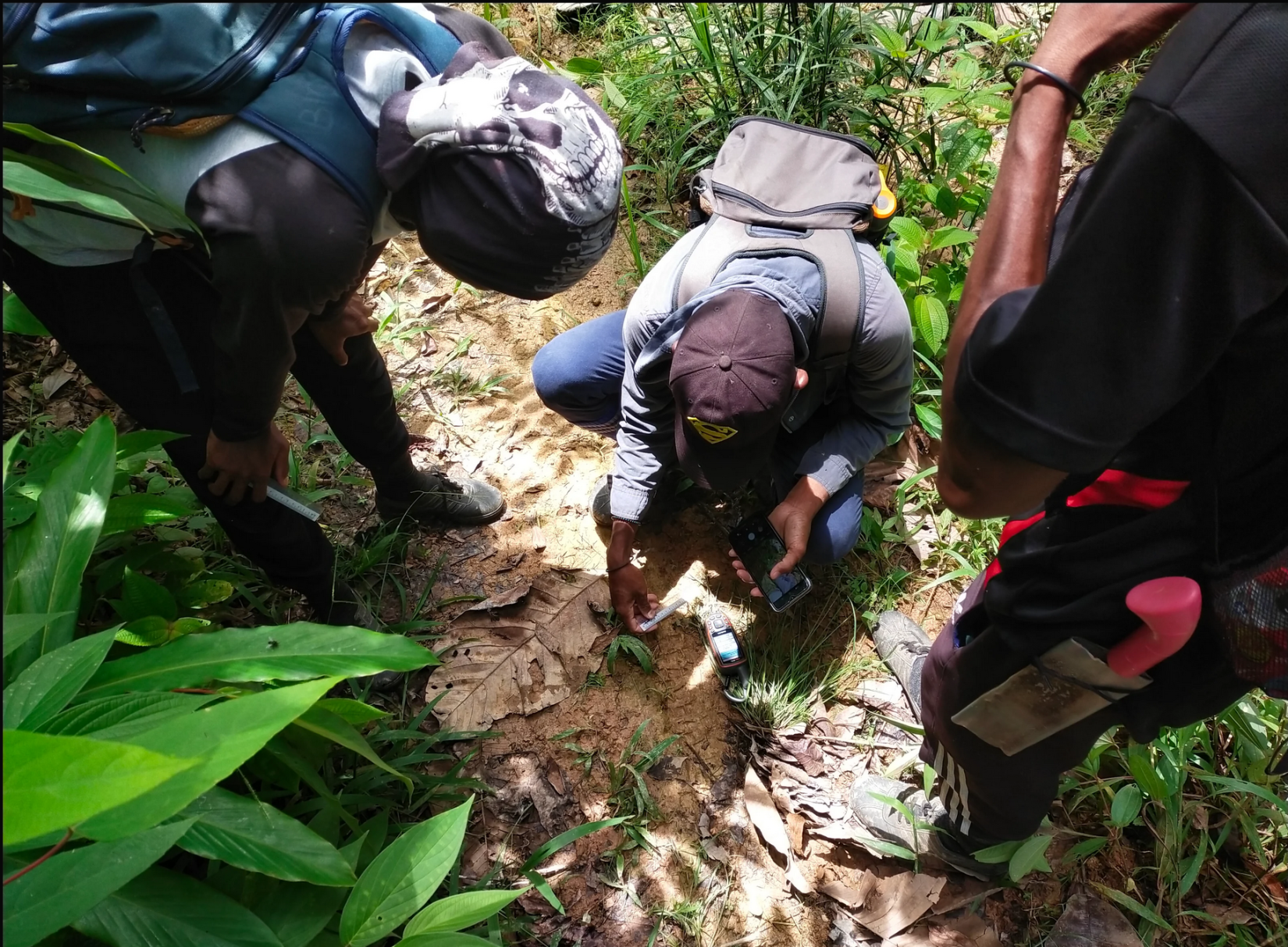
Building on the work of the IC-CFS project in building partnerships and cultivating conservationists in communities, local rangers are front and centre in project efforts, serving as valued allies in conservation.

Reducing crime
In partnership with DWNP, the IC-CFS team utilises Spatial Monitoring and Reporting (SMART) tools for enhanced monitoring of patrolling within the pilot sites for efficient intelligence gathering, species identification, route-mapping, and recognizing smuggling techniques through forensics. Project officers are actively involved in integrated enforcement activities against local forest and wildlife crimes through collaboration with the Royal Malaysian Police (PDRM), NGOs, and local communities under Operasi Bersepadu Khazanah – ‘Integrated Operation Treasure’ in English.
The IC-CFS project has supported improvements to Standard Operating Procedures concerning arrests, handling of seized items, investigations, and prosecutions by state park authorities. The application of intelligence technologies such as real-time surveillance systems and intelligence analysis software for wildlife cybercrime at pilot sites allows for better threat detection.

Empowering Officers
Since April 2022, Forestry and State Park Officers have been empowered to enforce the Wildlife Conservation Act 2010 via arrest of offenders, and searching and seizing illegally killed wildlife and their parts. Trained officers participate in integrated enforcement activities such as special operations targeting local poaching activities.
This multi-agency joint response facilitates more frequent wildlife enforcement actions within the CFS landscape. These efforts have led to an increase in prosecutions of wildlife crimes in Malaysia, while the sustainable land use in forest landscapes aspect of the project ensures local benefits and buy-in.
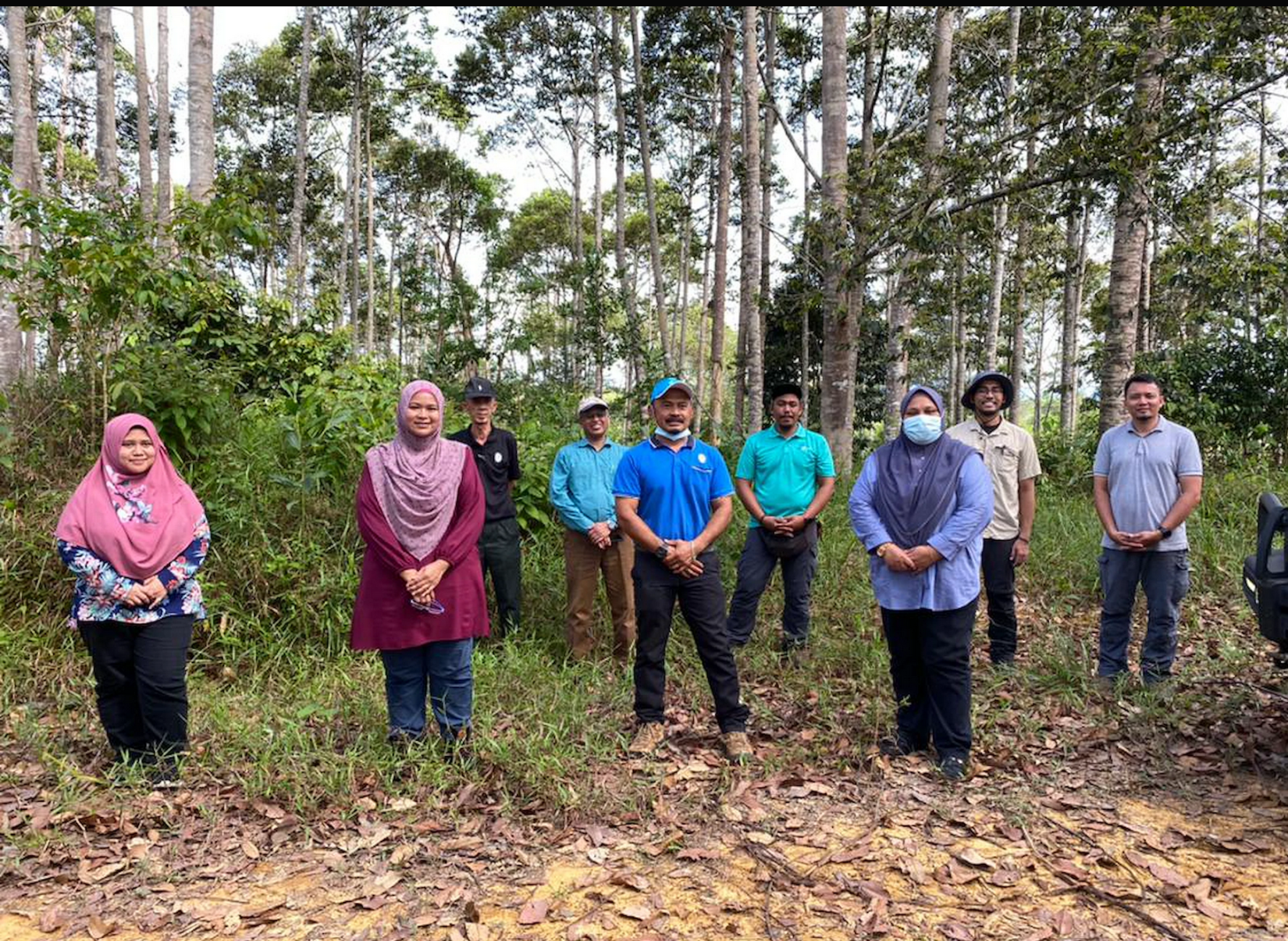
Preserving a future with wildlife
These multi-party collaborations - with government agencies, NGOs, and local communities, and the FDPM - jointly protect and preserve the forest landscape in Malaysia. This unity supports and contributes to conservation efforts of the Malayan tiger, ensuring that it remains a national symbol for future generations.

For more information on the IC-CFS project, visit the project website here or follow the project on Instagram here.
For more information on UNDP Malaysia, visit here.
Footnotes Story by: Andrea Egan, IC-CFS project team and Dato’ Hj Zahari Ibrahim, National Project Director of Improving Connectivity: Central Forest Spine (IC-CFS) and Deputy Director-General of Forestry at Forestry Department of Peninsular Malaysia / Photos: UNDP Malaysia



